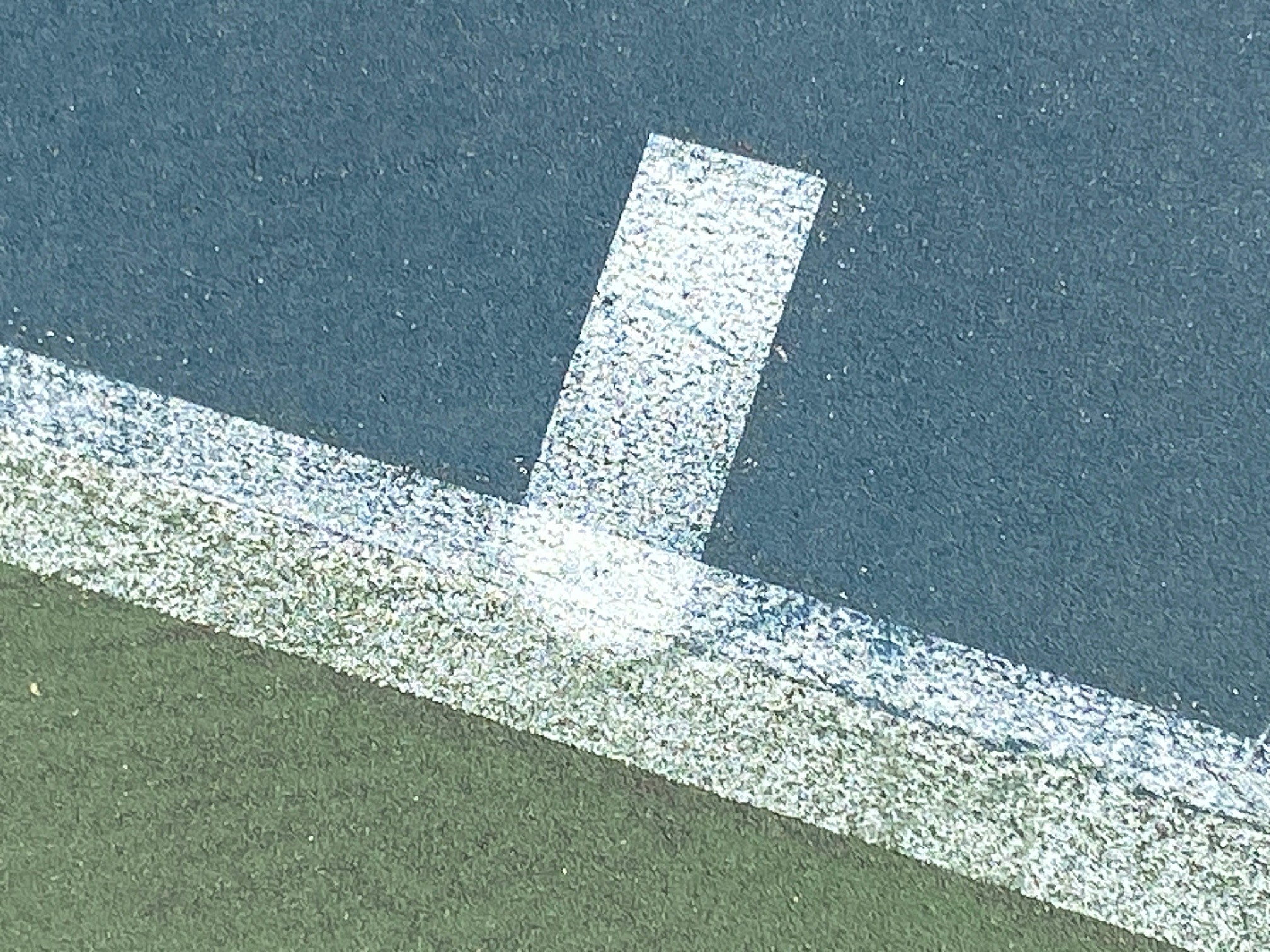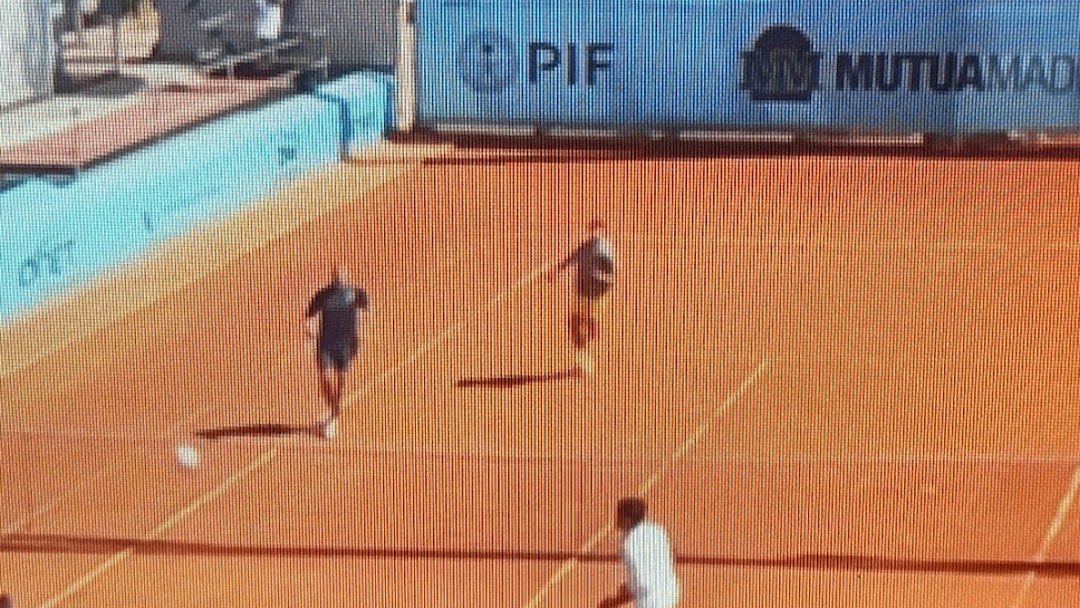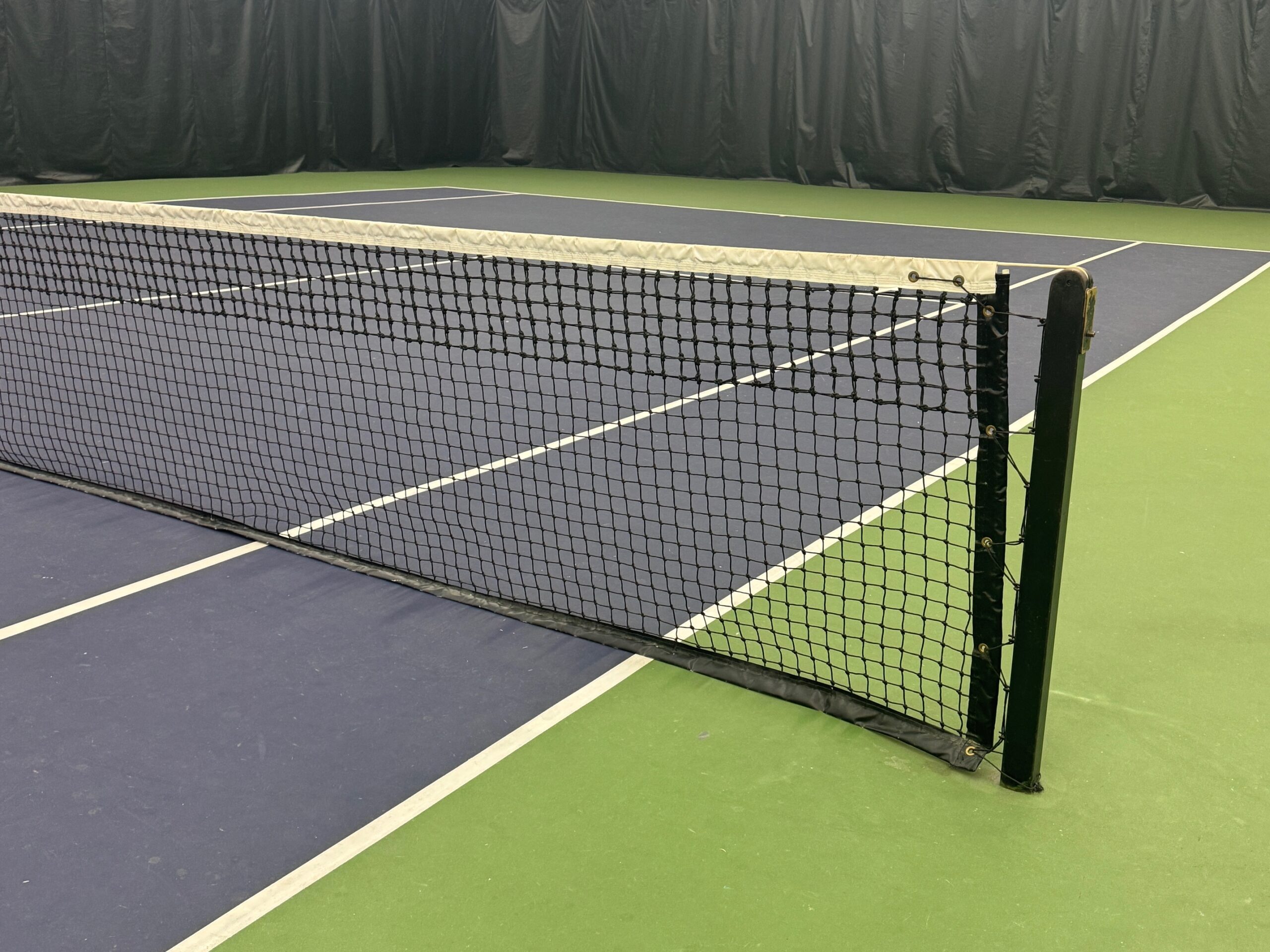Last weekend, I played a tournament on a frigid and windy day at a site where the courts are extremely closely spaced with no physical barriers between them. Under those conditions, there will be many potential lets, as even a good wide serve or sharply angled ball could carry a player onto the adjacent court. It can really slow a match down.
In 2022, my post “The Etiquette of Let Calls in Tennis” described a situation where an umpire chastised the players on my court for not calling a let on a ball that rolled well behind my partner as he missed a sitter overhead. Neither one of us was aware of the presence of the interloping ball until the point had ended. At the time, I observed that I would have been annoyed had our opponents called a let with the point firmly tilted in our favor, even though we ultimately lost it. That post described that it isn’t obligatory to call a let.
During my doubles semifinal match in the tournament last weekend, I had returned a serve with a crosscourt lob when a ball from the adjacent court rolled into my immediate vicinity. With the lob still in the air, I had time to tap the other court’s ball back to them. That action had no bearing on my shot, nor did it impact my readiness for the return that eventually came back over the net. My gut reflex was to not call a let, so I didn’t. My opponents elected to let it go as well. The point went on for several more shots before it ended.
At the next changeover, the conversational consensus was that under the adverse playing conditions, not every potential let should be called. While our opponents were surprised that I didn’t stop the point, they indicated that they appreciated that we kept playing. Neither team was advantaged or disadvantaged by the temporary presence of the extraneous ball. It was a day to keep things moving along.
Later in the match, I had to call a let on a ball that was rolling onto the court at a pace and trajectory that would wind up under my feet at the same time I would be playing my next shot. As both balls converged on me, I apologized and stopped the point. It is counterintuitive, but it was much more disruptive than the ball from the earlier non-let call.
The unwritten rules of tennis are filled with nuanced judgment calls. In this particular example, deciding whether to call a let isn’t strictly defined by the rules but also by the spirit of the game and the circumstances. Players are often faced with a balancing act during matches. Competitive equity must be preserved, but it is also important to keep play moving along. Unnecessary disruptions should be minimized.
The unwritten rules of tennis require players to navigate gray areas of etiquette and sportsmanship. Sometimes, the best way to handle a potential let situation is to just let it go.




In a doubles match and during a rally, one of your opponent’s returns a high ball and their hat falls off in the process you have a choice to call a let or play the point. If the ball is an easy ‘put-away’ you may decide to win the point rather than call a ‘let’. If a ‘let’ is called and their hat falls off again, they lose the point, but in the situation, I describe, calling a ‘let’ is optional. and choosing not to call ‘let’, on an important point, may be advantageous.
ITF Rule 22 describes a ‘let’during a serve and Rule 23 describesa ‘let’ when another ball rolls onto the court during a second serve or when a ball rolls on court during a point.
There is further information on ‘lets’ in the USTA Friend at Court Para’s 18,27,34 and 36.
Good points. On another note, I wanted to ask a question if you knew of an actual rule for this. I’ve had several opps in recent years call potential lets that never became lets, meaning they thought a stray ball was going to roll onto our court behind me but never did. I think the potential let balls stopped at the back wall divider. Anyway, they never became lets and I’ve never seen a rule allowing someone to call a potential let that never becomes an actual let. Have you? Could this actually be allowed? My opps probably had good intentions but at the same time, they’re making up a rule and stopping play when it isn’t allowed.